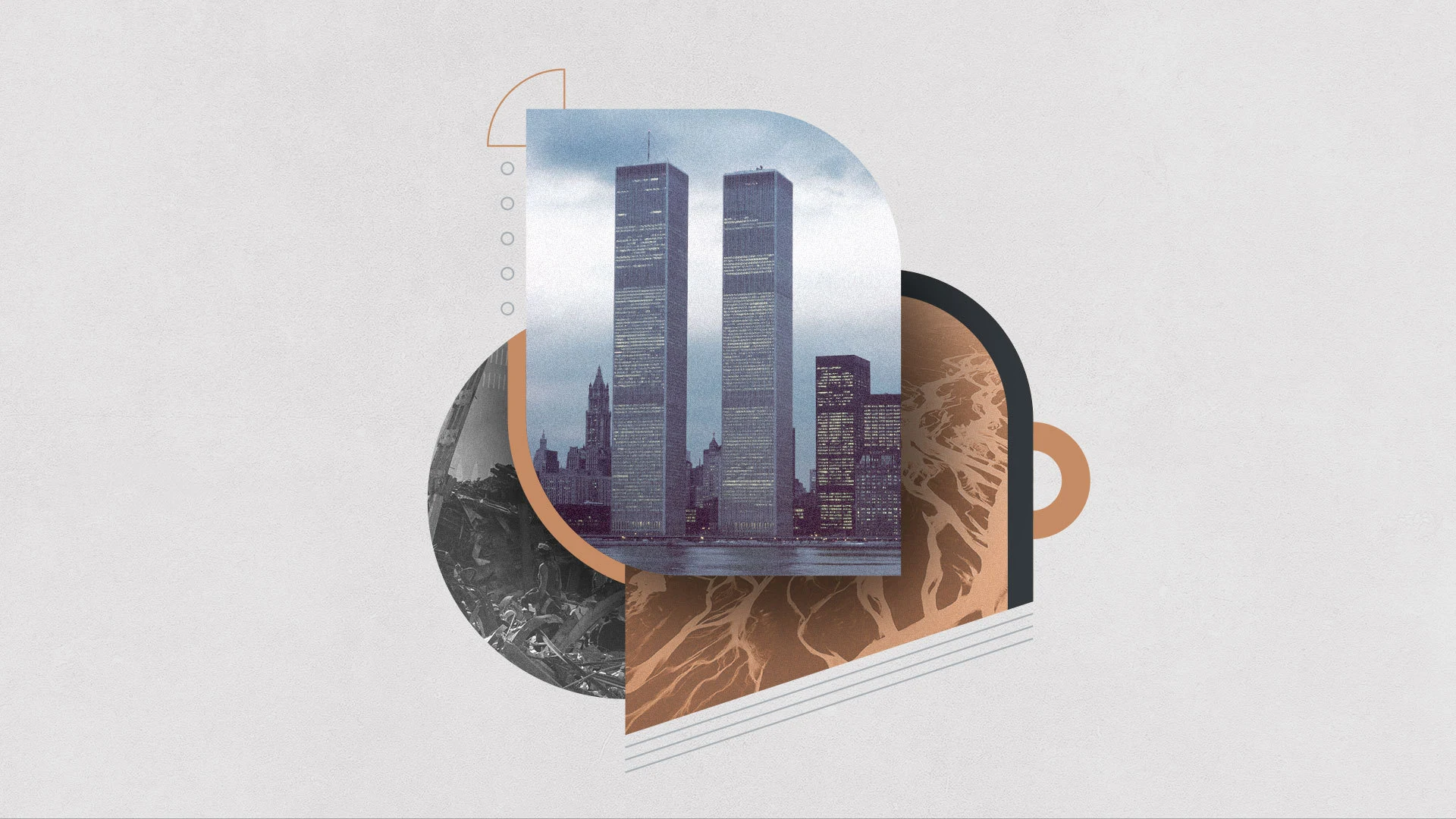A Religious Explosion?
Yesterday, I had another conversation about New York City—this one with a reporter from the New York Times. “Do you see a surge in evangelical work?” was the gist of the interview. Many are asking — what is the impact of Christian work in NYC, particularly since 9/11?
The terror attacks of September 11, 2001, created waves across numerous aspects of American life. Patriotism rose, interest about radical Islam rose, and lots of attention was focused on New York City. Americans not only watched in devastation the collapse of the World Trade Center towers, but they also listened in despair to story after story of those who lost friends, relatives, and co-workers. It was a brief period of national hopelessness, followed by a slight increase in church attendance, then a sense of resolve.
It should not surprise us that there is interest in how people respond after tragedy. Missiologists have long known that receptivity to the gospel tends to increase in times of distress (especially national distress). But has this been the case in the area closest to the epicenter of terror? In a LifeWay Research study, we asked fifteen thousand Americans when they were most open to issues of faith. When specifically asked whether they were “more open to considering matters of faith . . . after a major national crisis such as 9/11,” 38 percent answered in the affirmative. In the face of that fact, we should be willing to investigate what impact the gospel has had on New York City since that day.
The decade before the attacks showed church attendance in both New York state and NYC to be lower than the national average. According to researcher Dave Olson, on any given weekend in the year 2000, nearly 19 percent of Americans attended church, but only 15.7 percent in New York state and 15.2 percent in NYC. By 2009, the average attendance in New York state had dropped to 13.2 percent, mirroring a drop in the national average to 17 percent. When you talk to New York City pastors, however, they tell a different — and more positive — story. And there appears to be some evidence of that reality.
For example, the Values Research Institute reports a small but measurable shift. During a six-week span, VRI representatives visited 729 sites, including 295 Protestant sites and 197 evangelical church sites. The data was collected street by street from the area known as Manhattan center city. That study indicates that the percentage of Manhattan center city residents attending an evangelical church has tripled in the last twenty years.
In January 2011, the Washington Post reported, “New York has gotten a lot of press in recent months over the [Islamic] center controversy, but what’s been hidden amidst all the invective is that New York is exploding with religious fervor. I know it’s hard for many folks outside the Big Apple — who write off the country’s largest city as hopelessly secularized — to grasp this.” The reports from both pastors and the Post should give us cause to celebrate — if they are correct.
In regards to the spiritual temperature of NYC, it is important to note that some of the data is mixed. An unreleased series of surveys (graciously released for this article by the Barna Group) found increases in several spiritual markers in the New York City media market between 2000 and 2010 and decreases in others. The percentage of people who attended church “in the past week” rose from 31 percent to 46 percent. Those self-identifying as “born again” increased from 21 percent to 32 percent, while those who read the Bible outside of church increased slightly to just over one-third. But, despite the aforementioned numbers, fewer people than in the past correctly answered the nine questions Barna uses as a standard for true evangelicalism.
In the face of the anecdotal information, we must be careful to still take note of quantitative measures that can give a more certain evaluation of the spiritual climate in New York City. Even more so, as church leaders, we greatly need discernment when we see that Barna’s research reveals 32 percent self-identify as “born again” but the group’s nine-point test can attest to only 1 percent being evangelical. Leaders must work to find the disconnect between these two cultural factors.
Beyond the personal responses to matters of faith, we can also gain insight by the vitality of church planting. The VRI claims that Central Manhattan alone has 197 evangelical churches, with 39 percent of them having been founded since 2000. Its map of Central Park South to Battery Park is dotted with scores of churches. The fact that such a significant emphasis has been placed on church planting is indicative of a renewed commitment by believers to evangelize the city.
The horror of 9/11 left a smoldering pile of dusty rubble, but the gospel of Jesus Christ has overcome the terror in the lives of many New Yorkers, changing lives where the likelihood of change was doubted. “Political scientists had predicted that religion would not play any future important role in city politics,” Tony Carnes of the VRI told the Post. “Journalists and intellectuals beat the secular drum harder than any street musician. It’s time to change our thinking; it’s time to get a new tune.”
The numbers, as a whole, speak to gospel advance — perhaps not as much as many would want, but still present. It will be interesting to see the growth and development of the Christian presence in New York City in the next ten years.



